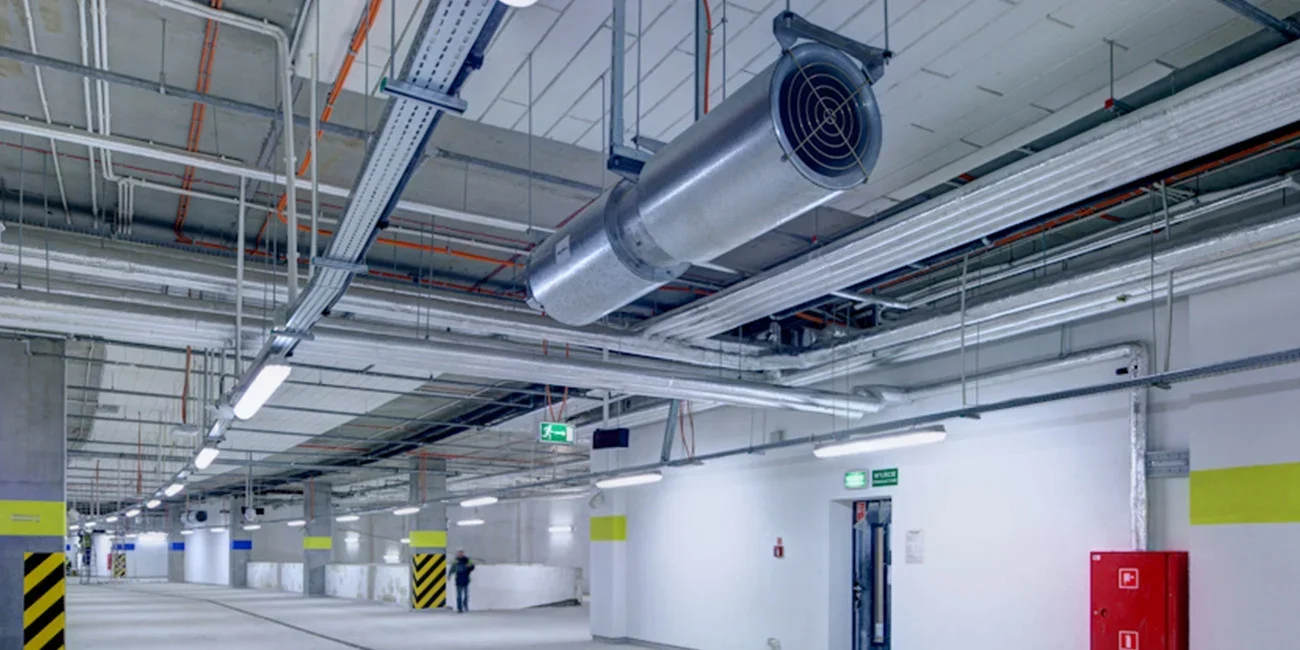Basements are often overlooked spaces that, when properly utilized, can add significant value to a property. However, to unlock their full potential, adequate basement ventilation is essential. In this guide, we'll explore the importance of basement ventilation, the challenges associated with inadequate airflow, and effective strategies for creating a well-ventilated and comfortable basement environment.
The Significance of Basement Ventilation:
Basement ventilation plays a crucial role in maintaining a healthy and comfortable indoor environment. Unlike the upper levels of a building, basements are prone to specific challenges that can affect air quality, moisture levels, and overall comfort. Proper ventilation addresses these issues and ensures that the basement becomes a usable and enjoyable space.
Challenges Associated with Poor Basement Ventilation:
Moisture Buildup: Basements are susceptible to higher humidity levels, leading to potential moisture buildup. This can result in issues such as mold growth, musty odors, and damage to stored items.
Stale Air: Inadequate airflow can cause air in the basement to become stagnant, leading to a lack of fresh air circulation. Stale air can contribute to an uncomfortable and unhealthy environment.
Radon Gas Accumulation: Radon, a naturally occurring radioactive gas, can seep into basements through the soil. Proper ventilation helps reduce the concentration of radon gas, minimizing health risks associated with long-term exposure.
Temperature Variations: Basements often experience temperature variations, and poor ventilation can exacerbate these fluctuations. Effective ventilation helps regulate temperatures, creating a more comfortable living or storage space.
Effective Strategies for Basement Ventilation:
Natural Ventilation: Utilize windows and vents to facilitate natural ventilation. Ensure that windows are operable, allowing fresh air to enter and stale air to exit. Consider installing window wells to increase natural light and airflow.
Mechanical Ventilation Systems: Mechanical ventilation systems, such as exhaust fans or ventilation units, can be installed to actively remove stale air and introduce fresh air into the basement. These systems are particularly beneficial in areas with limited natural ventilation.
Dehumidification: To combat moisture-related issues, use dehumidifiers to maintain optimal humidity levels. This helps prevent mold growth, reduces musty odors, and protects belongings stored in the basement.
Sealing and Insulation: Properly seal any gaps, cracks, or leaks in the basement walls and floors. Additionally, insulate the space to regulate temperature and minimize the risk of moisture penetration.
Radon Mitigation Systems: If radon gas is a concern, consider installing a radon mitigation system. These systems use ventilation techniques to redirect and disperse radon gas safely outside the building.
Strategic Landscaping: Improve the drainage around the exterior of the basement by implementing strategic landscaping. Proper grading and the installation of drainage systems can help prevent water infiltration.
Regular Maintenance: Conduct regular inspections of the basement, checking for signs of water damage, leaks, or inadequate ventilation. Addressing issues promptly can prevent more significant problems in the future.
Conclusion:
Basement ventilation is a key factor in creating a functional, comfortable, and healthy space within a property. Whether you're planning a basement renovation, creating additional living space, or using the area for storage, prioritizing proper ventilation is essential. By addressing challenges related to moisture, air quality, and temperature, you can transform your basement into a valuable and enjoyable part of your home.





No comment